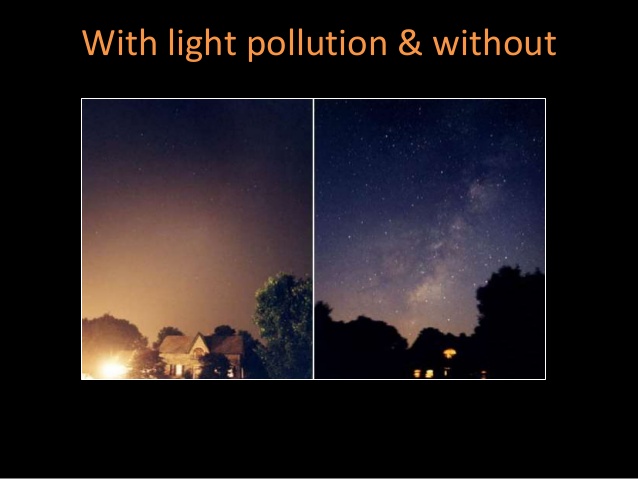7667766266
enquiry@shankarias.in
Why in news?
Earth’s artificially lit outdoor surface at night grew by about 2%, resulting in increasing light pollution.
What is light pollution?

What are the consequences of Light pollution?
What does recent data imply?
What are the reasons of increasing light pollution?
Source: Live mint